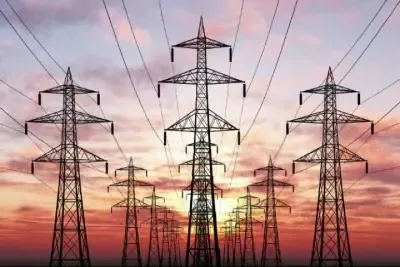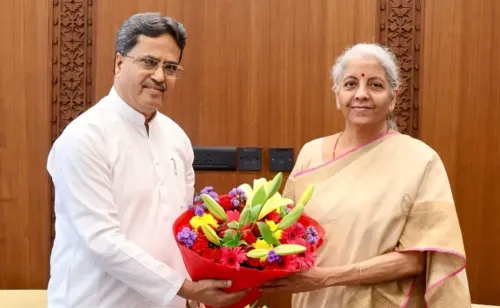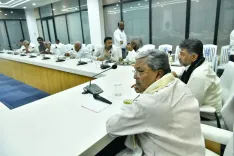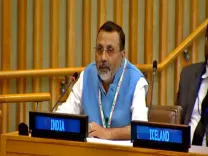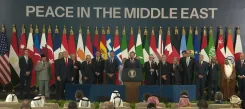How Are 10.6 Crore Homes in India Benefiting from Affordable LPG?
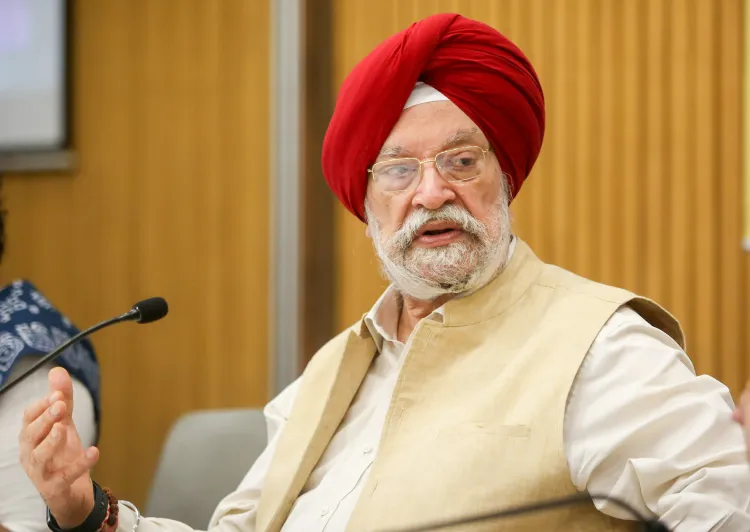
Synopsis
Key Takeaways
- 10.6 crore households in India are utilizing affordable LPG.
- India is the third-largest consumer of oil and LPG globally.
- Reforms in the oil and gas sector are enhancing energy security.
- The open acreage licensing policy is unlocking vast areas for exploration.
- Significant investments are being made in the upstream segment.
New Delhi, Oct 12 (NationPress) A remarkable 10.60 crore households in India are utilizing affordable LPG for their cooking needs, while 67 million individuals frequent fuel stations daily, making India the third largest global consumer of oil and LPG, as stated by Union Petroleum and Natural Gas Minister Hardeep Singh Puri on Sunday.
"Under the leadership of Prime Minister Narendra Modi, Bharat is paving the way for a future that is secure, sustainable, and self-reliant, from deepwater exploration to green hydrogen and bioenergy," the minister expressed in a post on X.
Puri further emphasized that India ranks as the fourth largest importer of LNG and is a significant refining hub, consuming 5.5 million barrels of oil each day.
"Energy transcends mere fuel - it represents the essence of a new Bharat. It energizes industries, connects people, and nurtures the dreams of 1.42 billion Indians," he remarked.
The minister previously noted that despite global uncertainties, India’s energy sector is advancing with the reforms implemented in the oil and gas arena.
"While the world grapples with fuel volatility, India is progressing with reforms. The oil refining capacity has risen from 215 to 258 million metric tonnes per annum (MMTPA), with Jamnagar now recognized as Asia's largest refinery, exporting petroleum products to over 100 countries," he stated.
In regard to reforms in the upstream oil and gas exploration and production sector, the minister mentioned that the open acreage licensing policy (OALP) Round 10 has unlocked 2.5 lakh sq km for exploration and production. The number of clearances for exploration has been streamlined from 37 to 18 to enhance business facilitation.
He indicated that over $1.3 billion has been funneled into the upstream sector to bolster oil exploration and production.
The minister also pointed out that India is experiencing a resurgence in oil and gas exploration, having opened nearly one million square kilometres of previously designated 'No-Go' offshore areas in 2022.
Since 2015, Exploration and Production (E and P) companies in India have uncovered 172 hydrocarbon discoveries, with 62 in offshore regions. The minister accentuated the geological importance of the AN basin, situated at the confluence of the Andaman and Nicobar Basins within the Bengal-Arakan sedimentary system.
The tectonic configuration, located at the interface of the Indian and Burmese plates, has fostered numerous stratigraphic traps that are ideal for hydrocarbon accumulation. This geological potential is further enhanced by the basin's nearness to established petroleum systems in Myanmar and North Sumatra. The region has garnered renewed global interest following substantial gas discoveries in South Andaman offshore Indonesia, highlighting the geological continuity throughout the area.

